Here is a field review for Best Bridge Camera: Lumix FZ300 from the perspective of a nature and wildlife photographer.
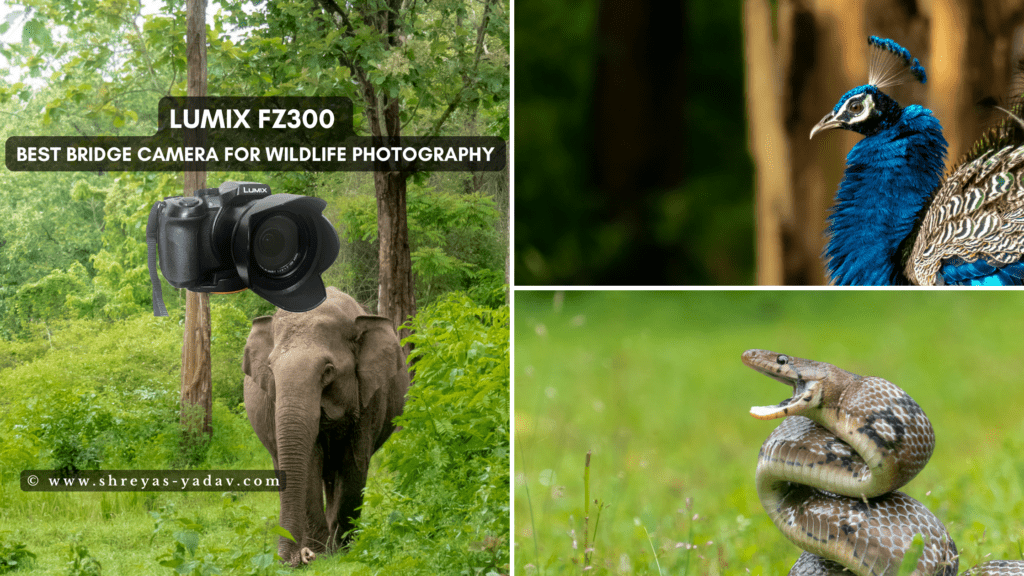
Jungle Safaris are full of Surprises! The moment you think there is nothing much happening in the forest – You will see a Beautiful Tigress walking with her adorable cubs.
Cloud comes, Sky becomes dark and It starts to rain. You keep your camera inside the camera bag and then suddenly your Forest guide spots an Agile and Ilusive predator of the Forest – A Leopard resting on the Tree.
After the safari time is over, You start returning to your Jungle Resort and you come across Mighty Elephant with Huge tusks on the main road – Head On!
These are the moments we as Wildlife photographers cherish for our lifetime.
For capturing these surprising moments, you will need a camera as flexible as a Leopard, As powerful as a Tiger, and as lightweight as a bird.
Lumix crafted the Best Bridge Camera for Wildlife Photography – Lumix FZ300.
Lumix FZ300 has excellent image quality and video capabilities in Good light conditions, Fast and accurate focus, and most importantly a Lightweight FZ300 is a convenient and practical camera for Wildlife photography.
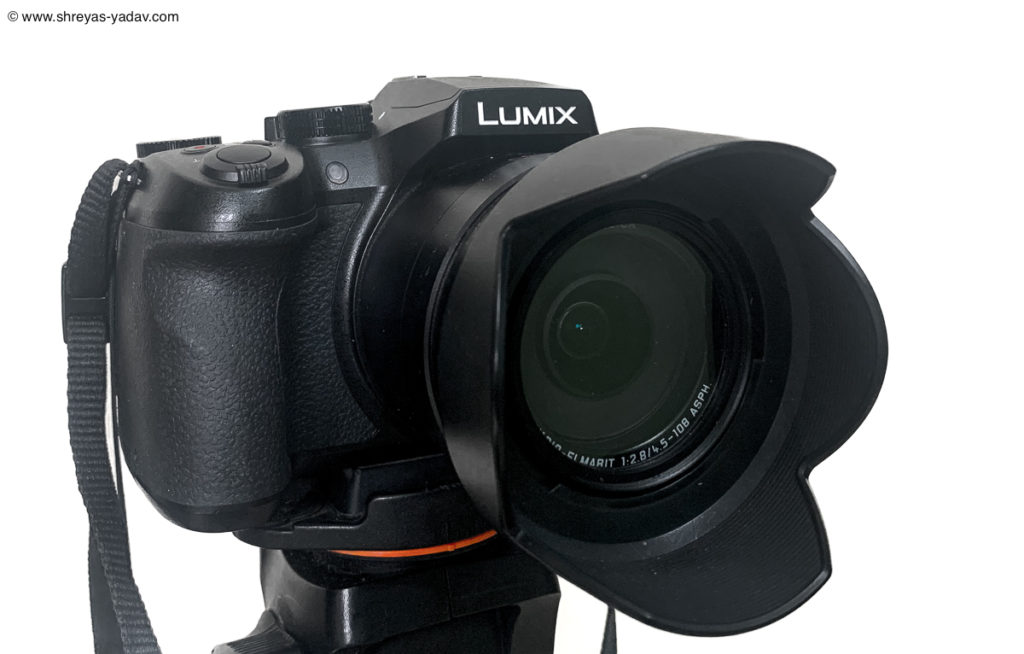
- Introduction
- Specifications
- Controls and ergonomics
- Autofocus performance
- High ISO and Low Light Performance
- Image Quality: Colors, details, and Dynamic Range
- White Balance
- Articulated Screen
- Wireless Capability
- Versatile Zoom range with F/2.8 Aperture
- Lumix FZ300: Sample Wildlife Video
- Bonus: My settings on Lumix FZ300 for Wildlife photography
- Conclusion and recommendations
Best Bridge Camera – Lumix FZ300: Introduction
Lumix FZ300 is a Bridge Camera. It weighs around 700g (1.5 lb) including battery and SD memory card. Lumix FZ300 comes with a Built-in 24x optical zoom lens ( 25-600 mm: 35 mm equivalent )
Lumix FZ300 shines through its inbuilt – 25-600 mm ( 35mm equivalent ) lens with an Aperture of f/2.8.
The Lumix FZ300 bridge camera has a sensor size of 1/2.3-inch (6.17mm x 4.55mm) with a 12MP resolution.
ISO Ranges go from ISO 100 to ISO 6400. FZ300 has accurate and fast focus. Splashproof and dustproof and Lightweight rugged body, articulated touch screen, excellent image stabilization feature, 4K video capability and Inbuild 25-600 mm ( 35mm equivalent ) lens with f/2.8 aperture make the Lumix FZ300 the Best Bridge camera for Wildlife Photography and Videography.
This is a field review of the Lumix FZ300 Bridge Camera from the perspective of a Wildlife photographer. This review will help you in understanding how the Lumix FZ300 actually performs in the Wild.
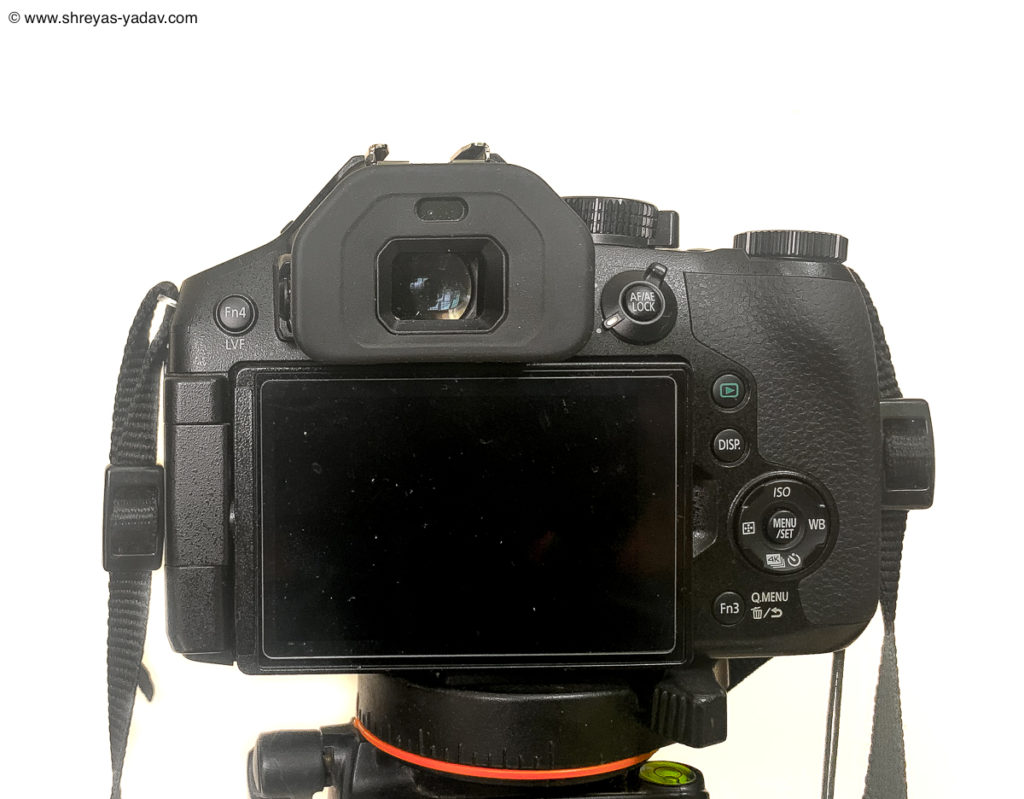
Lumix FZ300: Specifications
- Sensor – 1/2.3-inch (6.17mm x 4.55mm) with a 12MP resolution.
- ISO – ISO 100 to ISO 6400
- AF Modes – Single ( AF-S ), Flexible (AF-F), Continuous (AF-C ), and Manual
- AF Area Modes – Single Point AF, Tracking, Multi-point 49 Area, and Touch mode
- Power and Charger – Li-ion Battery Pack DMW-BLC12 Li-Ion and Charger ( Included ) If you want an additional battery the replacement for DMW-BLC12 is Watson Li-Ion Battery ( 7.2V 1100mAh 7.92 Wh)
- Storage cards – SD, SDHC, and SDXC ( with 1 card slot )
- Dimensions and weight – Approximate weight of the body including the Battery and card is 700g (1.5 lb) and the dimensions are ( Width x Height X Depth ) 131.6 x 91.5 x 117.1 mm (5.18 x 3.60 x 4.61 inch)
- Shutter speed range – Slowest shutter speed is 60 s and the Fastest shutter speed is 1/4000 s for Mechanical shutter and for Electronic Shutter it is 1s to 1/16000 s
- Metering modes – Spot metering, Center-weighted metering, and Multi metering
- Exposure mode – Manual ( M ), Aperture Priority ( A ), Shutter Priority ( S ), and Programmed Auto ( P )
- White Balance – Auto, Daylight, Cloudy, Shade, Incandescent, Flash, Custom, and Color Temperature
- Flash – Built-in Flash is available and compatible with External Flash and can be used
- Image format – JPEG, RAW, RAW+Standard / Fine / Standard
- Lens compatibility – Built-in Leica lens with a Focal length of 4.5 – 108 mm ( 25-600 mm on 35mm equivalent ) with a maximum aperture of f/2.8. ( Optical Image Stabilisation ). You can also attach a conversion-compatible lens to it. ( But check the compatibility of the lens before buying it ) I don’t use any conversion lens on my FZ300.
- Price – Approximately $447 ( Check the current price on Amazon here )
Controls and ergonomics
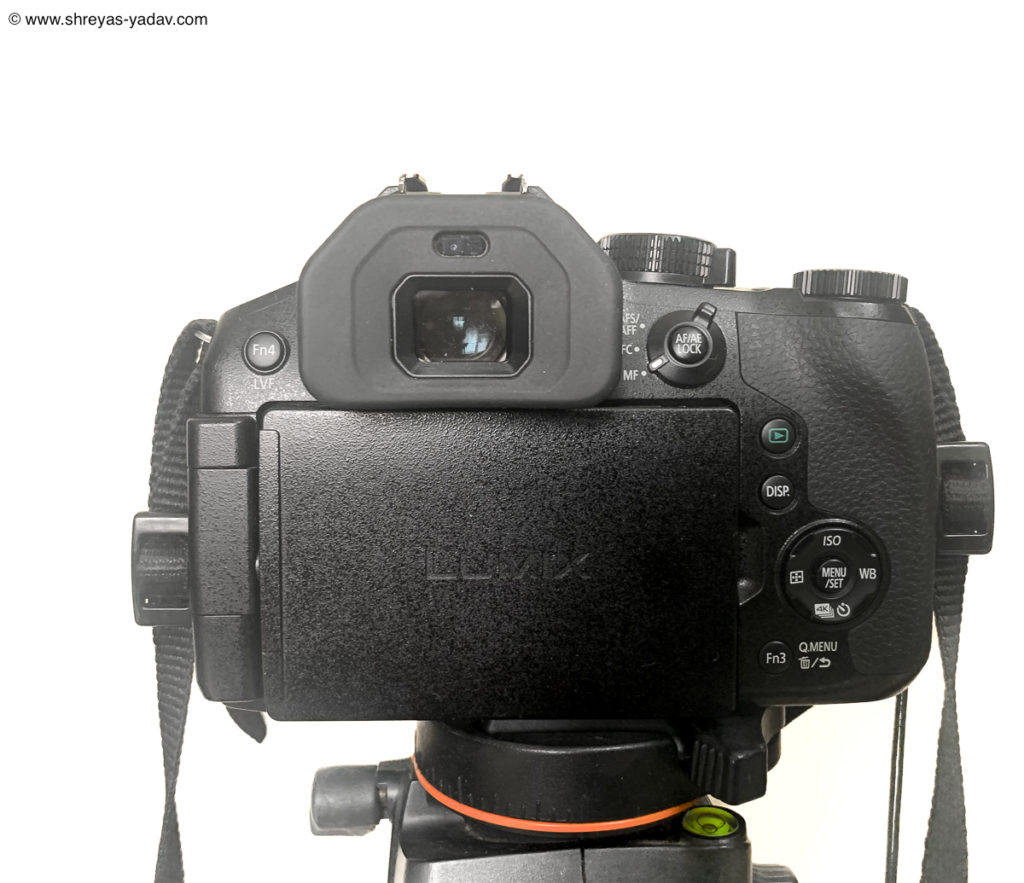
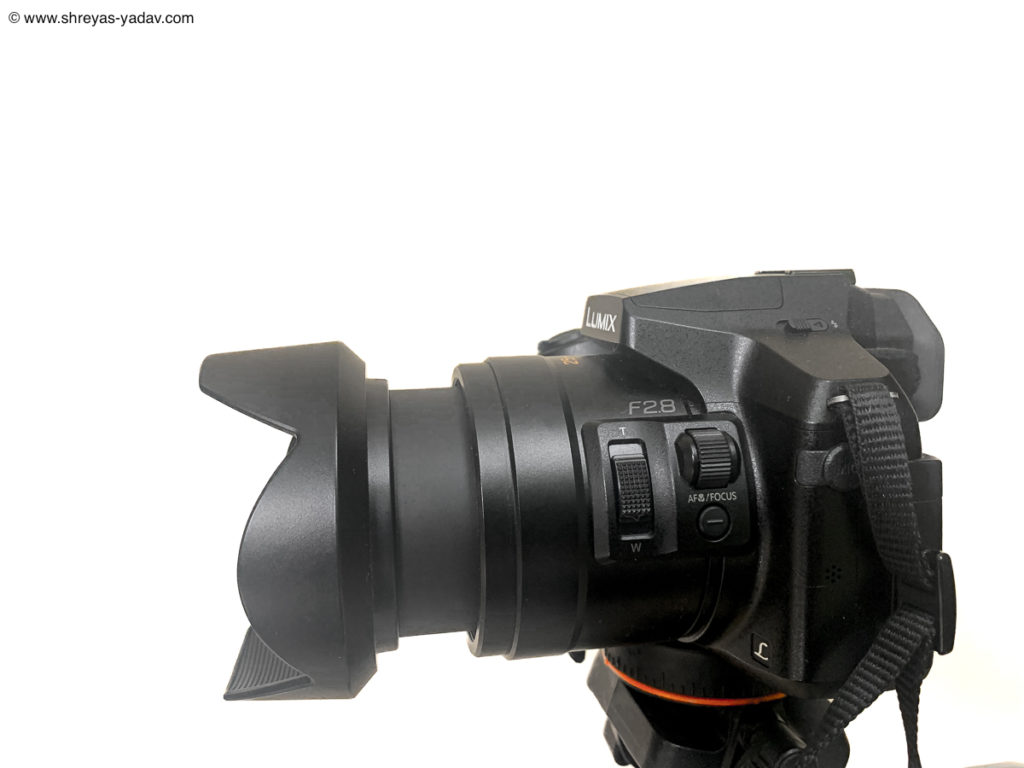
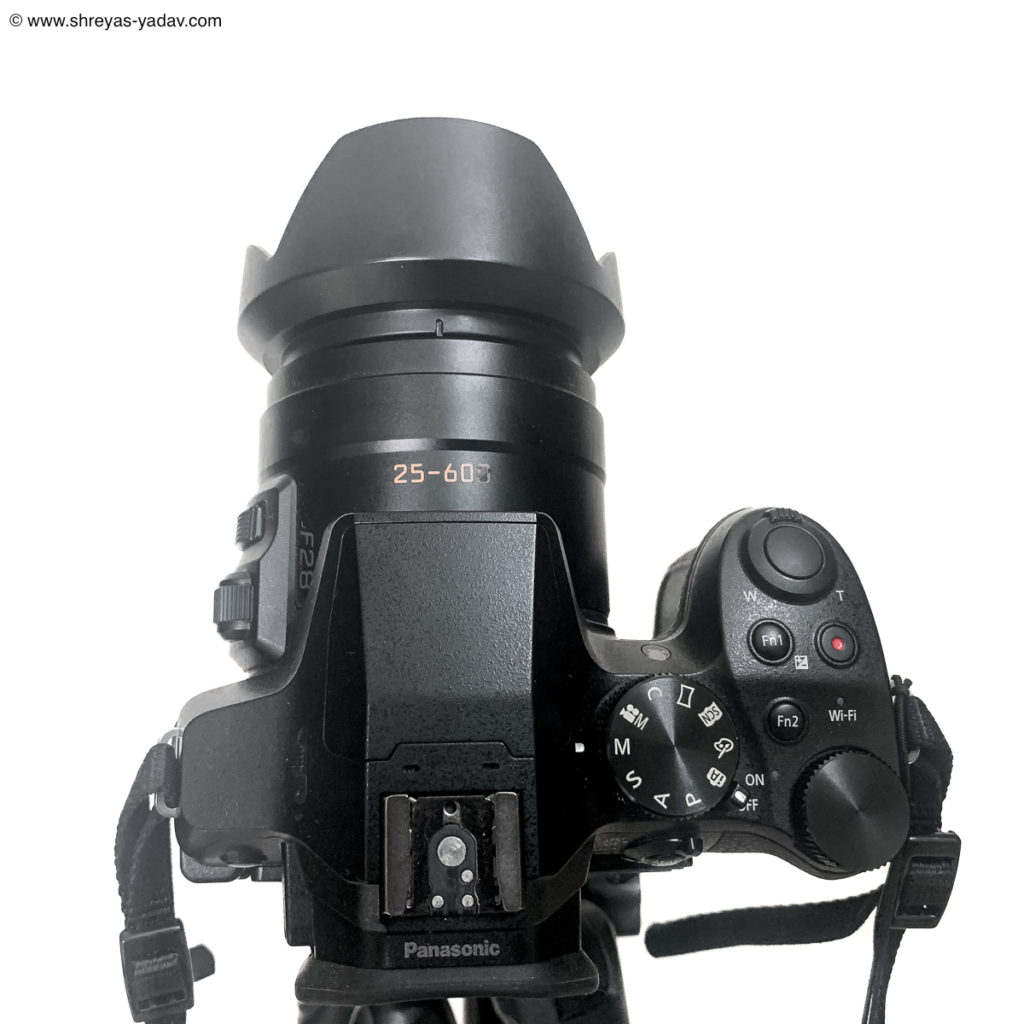
Controls
- Exposure selection mode – This dial helps to select the exposure modes Manual (M), Aperture Priority(A), Shutter Priority(S), and Programmed Auto (P) quickly. You can also select Auto mode, Scene, Panorama feature, and a few custom modes.
- Focus mode selection button – This button helps to choose between focus modes as Single, Continuous, and Manual override. There is a Focussing dial on the Lens.
- At the same location, there is a Button for AF/AE lock. I use this button as the Back button Autofocus.
- There are Buttons for ISO, White balance, and Focus area selection.
- Also Along with the Function buttons + Main dial you can change the settings.
- Most of the settings you can adjust on a touch screen. And also using Function buttons. These settings are Focus area selection, Metering, Frame rate, and Exposure compensation
- You can Zoom in – out the lens using a Dial on the Top of the camera or on the Lens.
Build quality
- The weight and size of the Lumix FZ300 are great for all-day shooting Size of the Lumix FZ300 is perfect while you are Hiking or traveling in a Safari vehicle
- The build quality is decent enough for this Bridge camera. It can take up minor beatings in the Wilderness.
- Lumix FZ300 is adequately protected against Dust and water splash.
- Protection against dust and water splash is decent enough. I have used the camera on rainy days and in dusty weather. Its performance is consistent. In fact, I clean the camera after photoshoots in the rain or heavy dust; I recommend you do so.
- This type of weather sealing may be sufficient for mild dust and water splash but doesn’t look good enough in extreme weather.
Ergonomics ( and Handling )
- Ergonomically Lumix FZ300 feels just right. Important command dials for Wildlife and Bird photography are located on the camera body itself. This helps you to quickly change the settings.
- Hand Holding the Lumix FZ300 feels better.
Lumix FZ300 camera performance from the perspective of nature and wildlife photographer
Autofocus performance
Wildlife movement is fast and unpredictable. And generally, the wildlife is active during the edges of the day – Early morning and late evening.
Lumix FZ300 has enough focusing capabilities to focus the fast-moving wildlife. ( Make sure to select the appropriate focus mode and focus area mode ).
There are multiple focusing modes available however I find focusing modes: Single, Continuous, Manual override, and Focus in Live view using a Touch screen more useful.
The inbuilt Leica lens with f/2.8 aperture helps to boost the Autofocus performance of the camera.
Lumix FZ300 focuses fast and accurately on the following conditions
- Daylight
- Cloudy and Rainy weather
- Wildlife in action
- Dusty and Snowy weather
- Low light
I Recommend using Manual Focus Override in the below situations
- Very low light
- In the forest clutter and Forest canopy ( I Recommend using Manual Focus Override )
- Distant Object
In terms of Autofocus performance, Lumix FZ300 is excellent in the Bridge Camera segment.

It was a sunny afternoon. We started our safari in Nagarhole National park. Suddenly our Driver spotted a Leopard with a cub next to the main road.
Leopard gave us only a few seconds before disappearing into the bushes. Overall light conditions were good. Lumix FZ300 nailed the focus on the leopard who was staring at the vehicles passing by. Lumix FZ300 accurately focussed thru the trees on a Leopard.
Similarly, the autofocus is fast and responsive while you are recording a video. In fact, I find Autofocus more useful while recording Videos.
High ISO and Low Light Performance
A small sensor with dimensions of 1/2.3-inch (6.17mm x 4.55mm) has limitations while dealing with High ISO.
You will start seeing the Image noise and deterioration in image quality as you crank up the ISO.
As per my experience in the Wild, If light conditions are good then Try to keep the ISO from 400 to a Maximum of 800 to get Good colors and details.
Under Low light conditions, I keep the ISO between ISO 100 to ISO 400 for best results.
And if the Light conditions are very poor ( Late evening ) I keep the ISO 100 ( Minimum ) to get a usable Shot.
The bottom line is to try to keep the ISO below 800 in Good light conditions and keep the ISO below 400 in low light conditions for Decent image details and Colors.
A watch out here – Out of high ISO and Noise images, I do not get the usable image using post-processing as well.
Hence, to get the Image Glow don’t blow the ISO.
Here are some of the Images Captured at different ISO settings and varying light conditions.
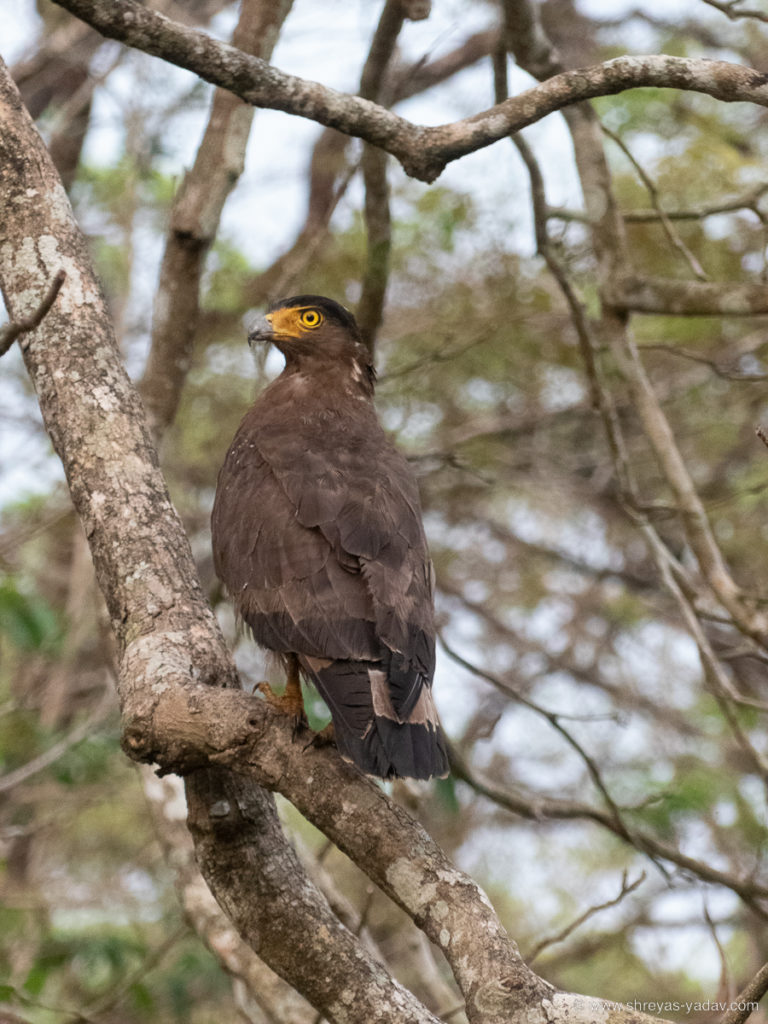
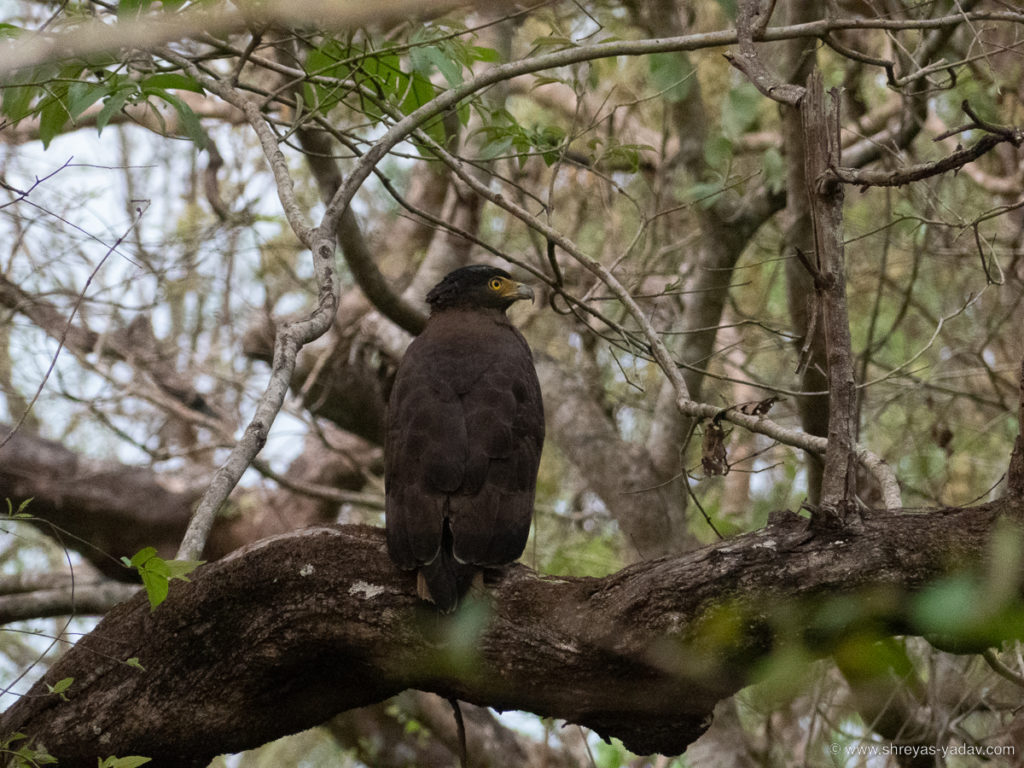
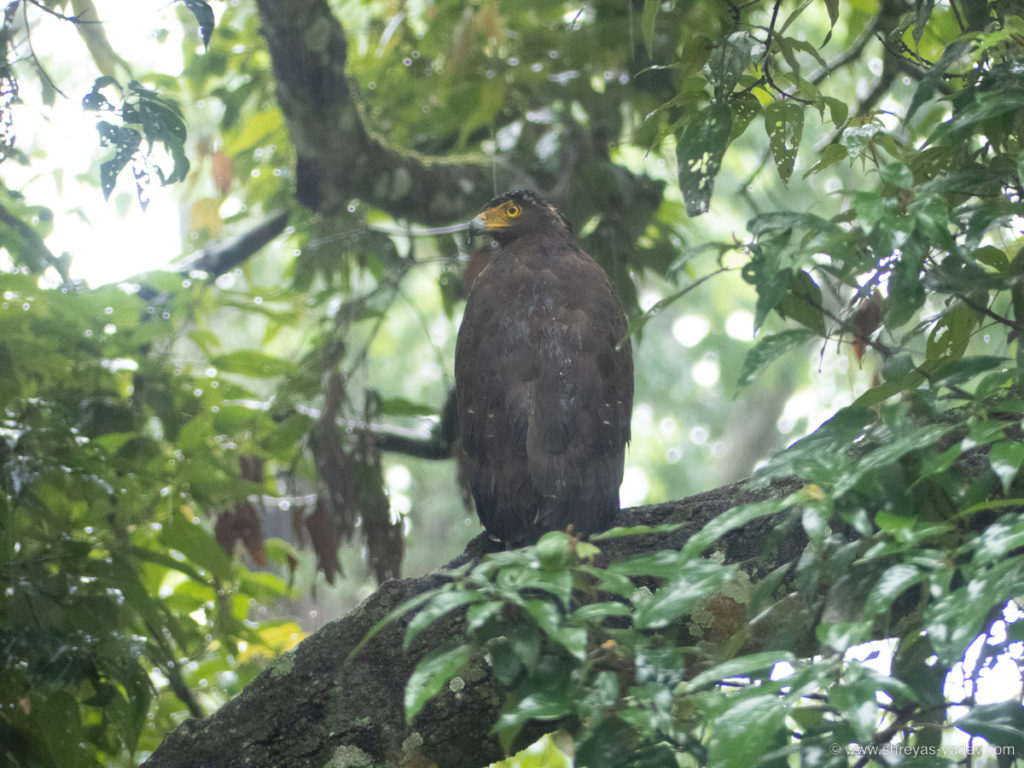
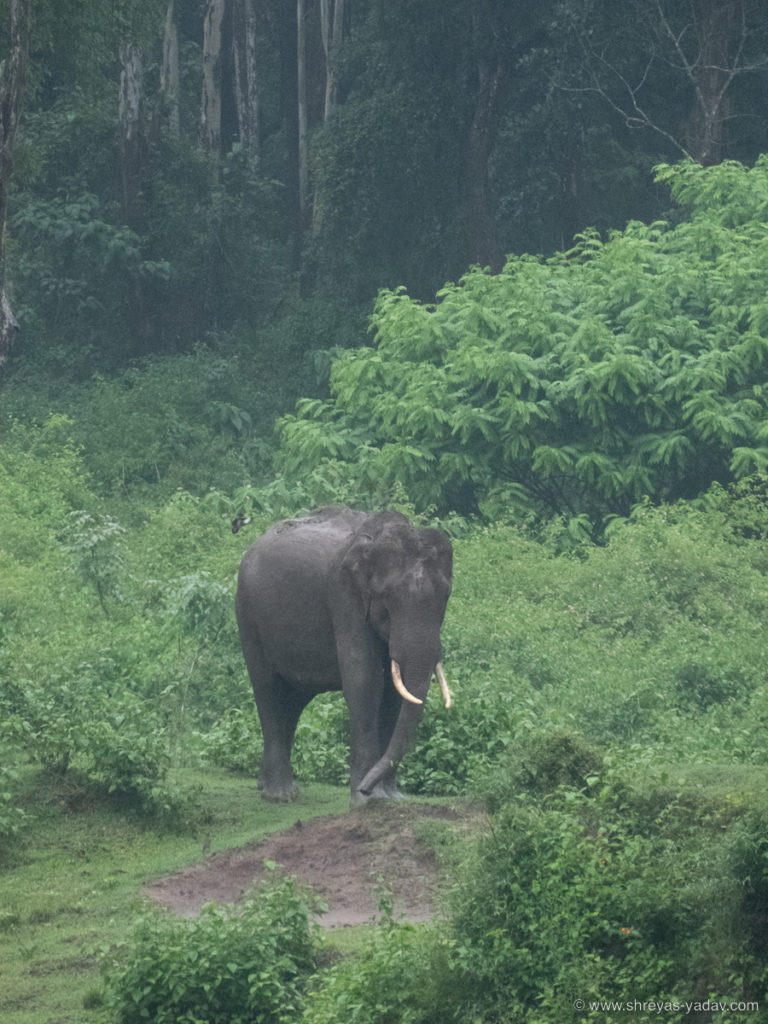
Image Quality- Colors, details, and Dynamic Range
You can get excellent Colors and details with Lumix FZ300 in Good light conditions. Keep the ISO from ISO 100 to ISO 400, and you will be amazed to see how Lumix FZ300 produces colors and details.
Whereas as you start going towards Higher ISO and Low Light conditions, the image quality and colors will start degrading.
For Wildlife images mostly I use Multi Metering. Lumix FZ300 produces accurate image exposures ( As long as you have reasonably correct exposure settings )
If there are some tricky light situations such as Lights and Shadows, then I find the Spot meter produces better results in terms of exposure.
Based on shooting with Lumix FZ300 I can recommend you that for most of the Situations in the Wild – try to Keep the ISO between 100 to 400 ( Maximum up to 800 ), Aperture between f/2.8 to f/5.6 and Shutter speed as per the image requirement. Your success rate will be higher.
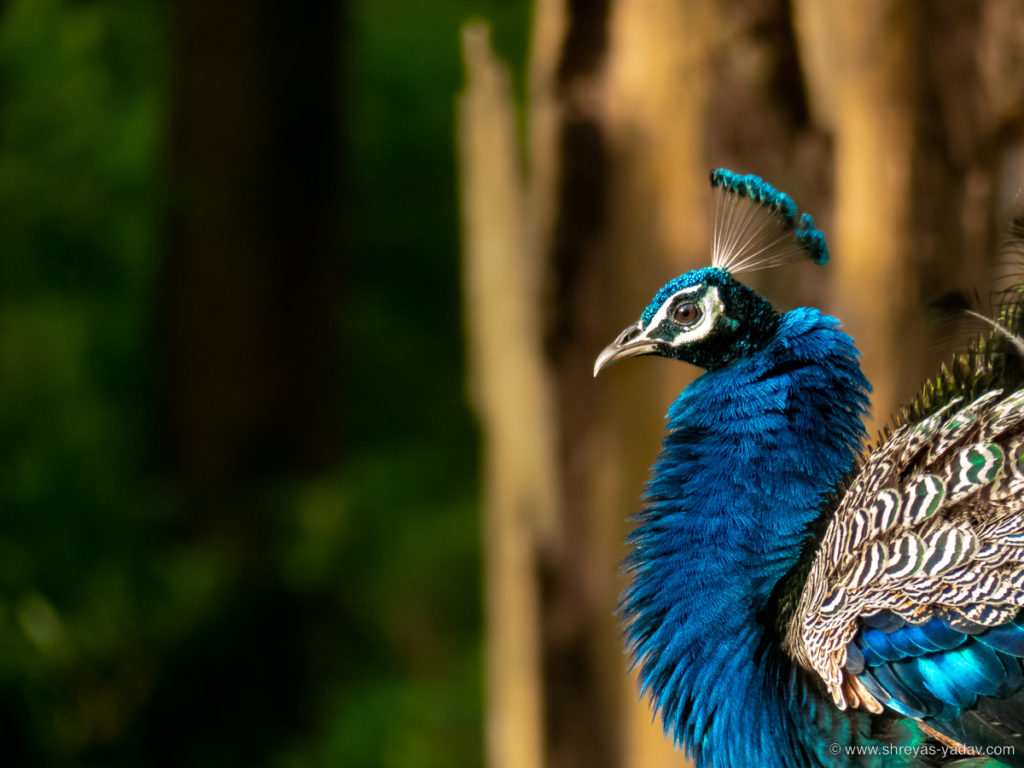
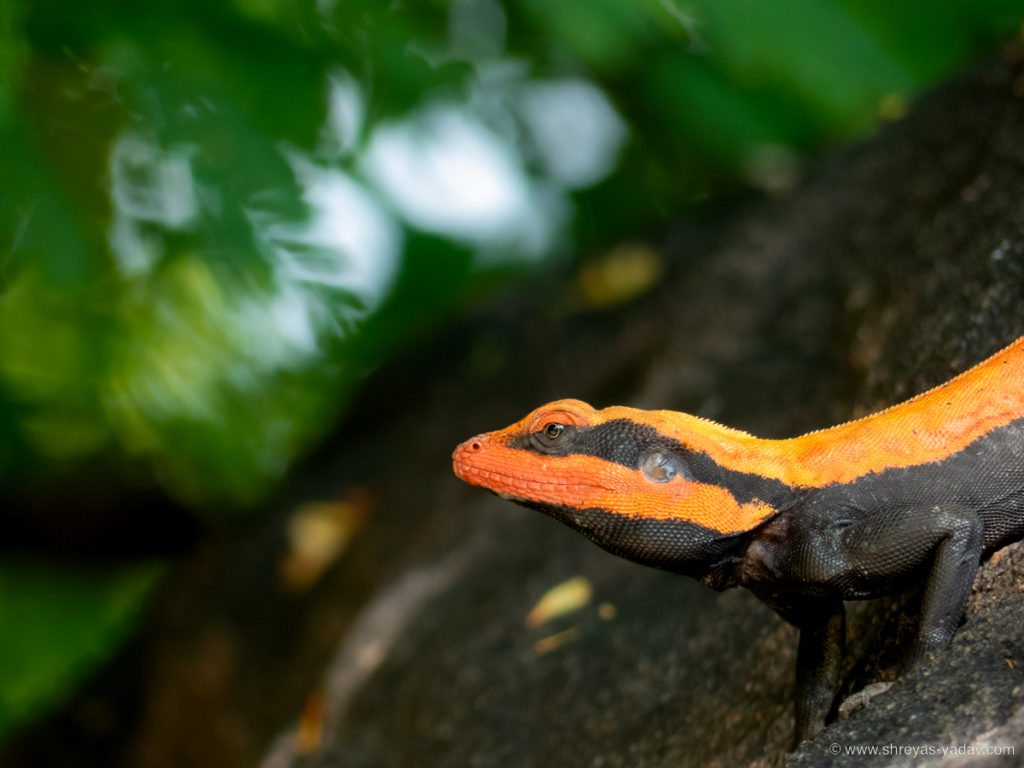
White Balance
Lumix FZ300 produces a white balance without any color shift. Also, I don’t see any significant tint in the image.
Auto white balance does a Good job while handling different light conditions.
Even all the Color temperature looks accurate.
For Wildlife photography and videos I recommend you use Auto White balance. Because it replicates the correct white balance for the Wildlife images. And if you want to add some punch of creativity- you can always tune the White balance in post-processing. (For Raw images )
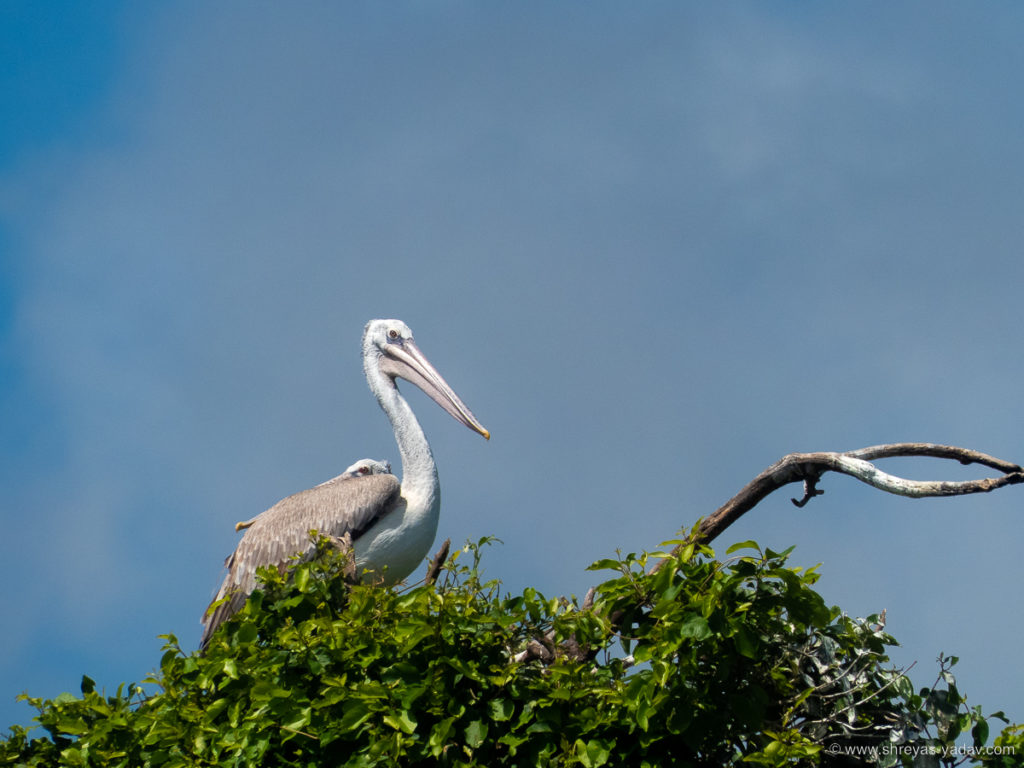
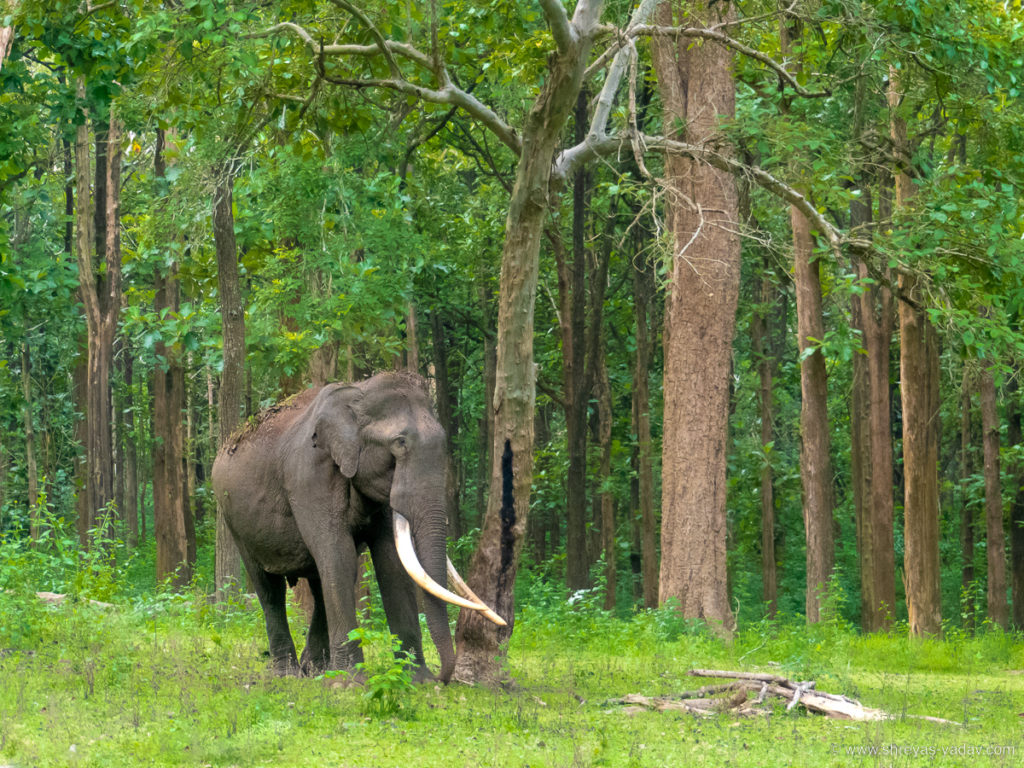
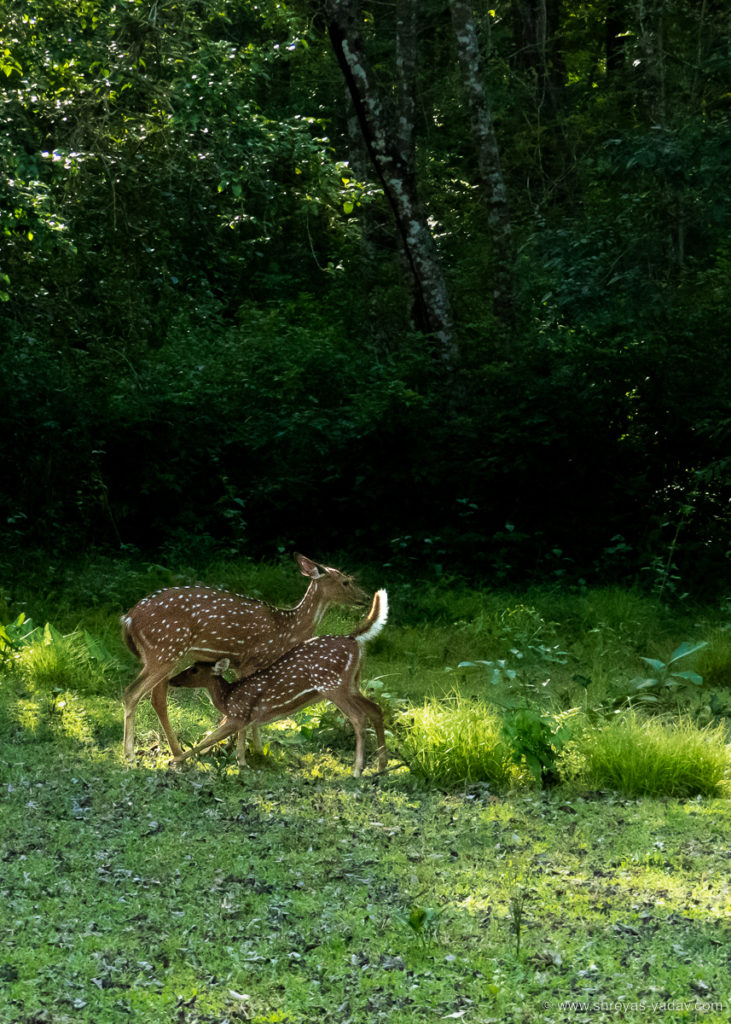
Articulated Screen
An articulated touch screen is a big advantage of Lumix FZ300. You can rotate the screen 360 degrees.
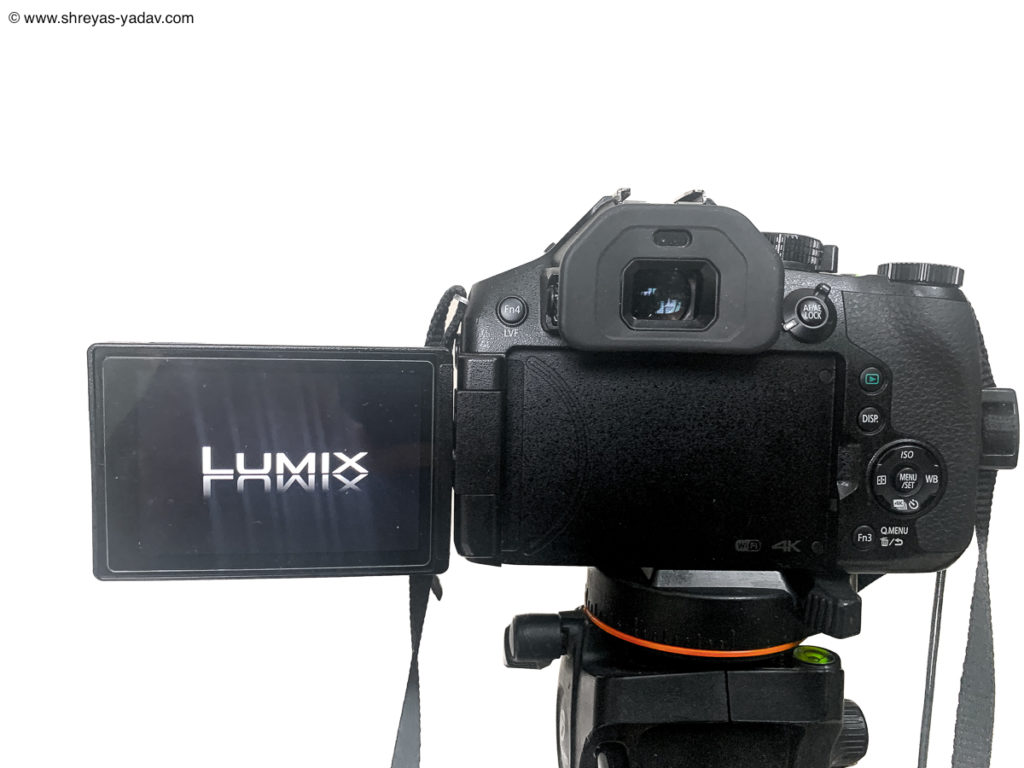
This type of screen is very convenient to get High level or Eye level images of Wildlife.
Here are the images of Snakes. The first image is of Cobra. In order to get beautiful background and eye-level shot, I had to lower my camera. On the other side, I need to also keep an eye on the snake for its movement.
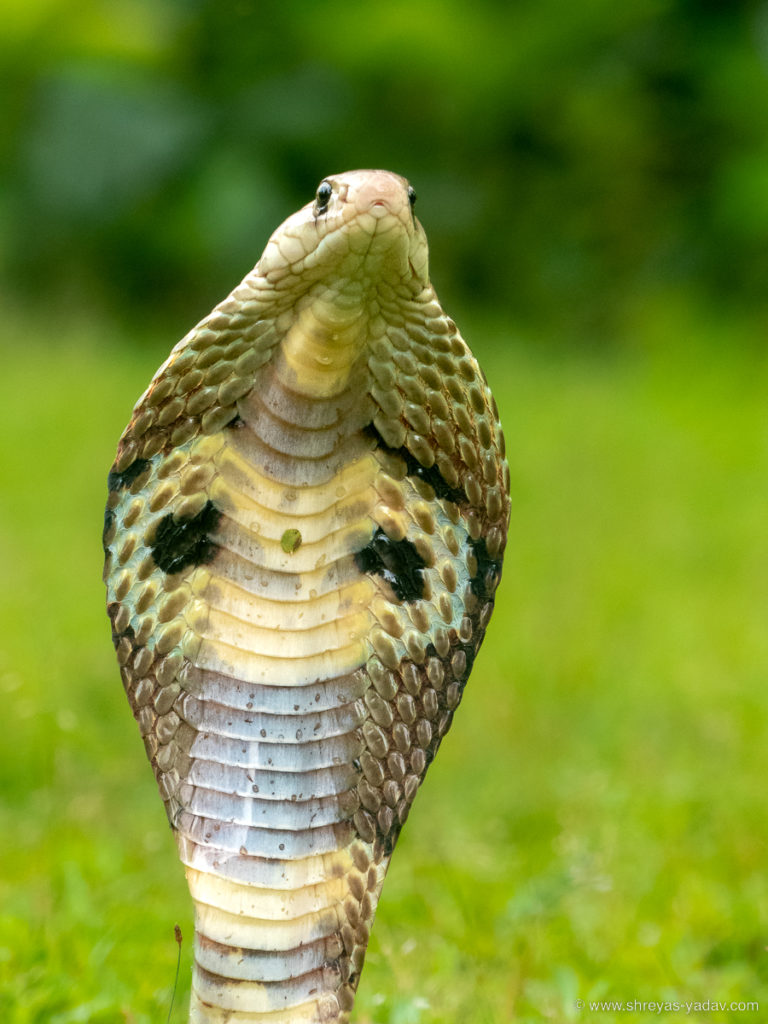
With the Articulated screen, I kept the camera on eye level of the Cobra. And positioned the screen upwards ( Towards me ) hence I could get this Eye level image of this beautiful snake.
Similarly, for this Trinket snake, I wanted to capture its behavior with Lush green background. Hence I lowered the camera and positioned the screens upwards. Here is the result –
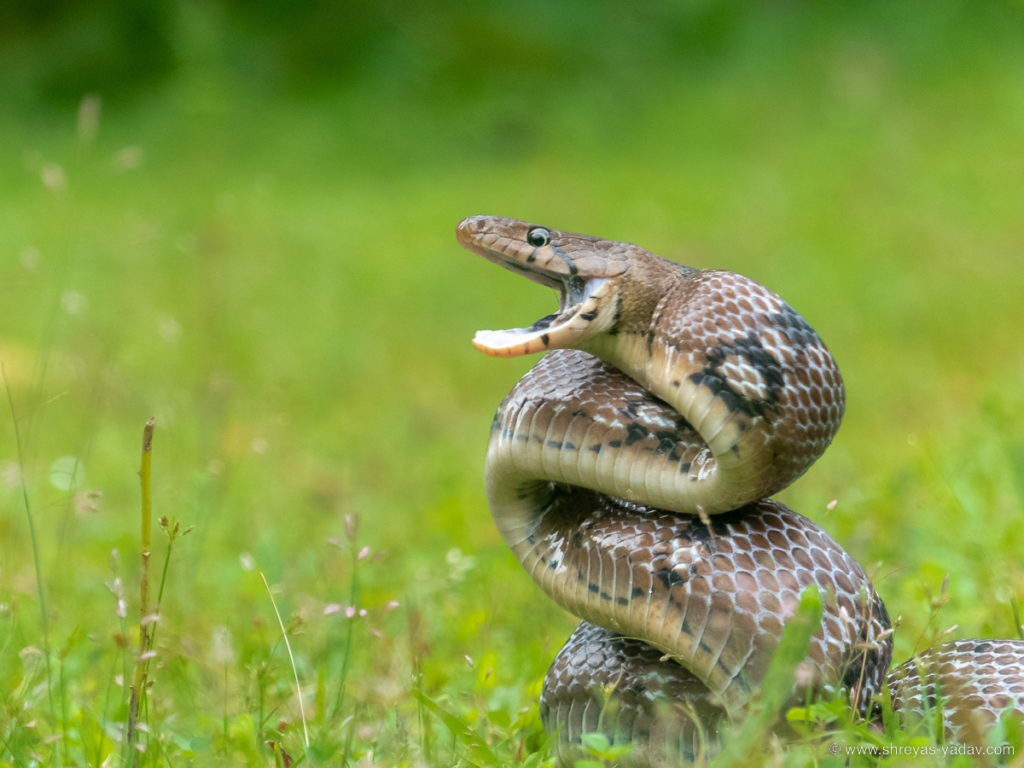
Wireless Capability
For some of you, this might be a very useful feature. I have never used it so far, but planning to use it in the future.
Basically, you can control the camera and take a picture from your phone.
Use the App: ‘Panasonic Image App’ to connect to the camera.
Set up the camera where you expect your subject will come – such as Bees, Moths, Butterflies, and Insects. Seat nearby and once the Subjects are in the frame you can click the image.
Since the range from which you can control is short (Such as less than 10 ft or so ) hence I would recommend trying this technique with mainly small creatures such as – Insects, Frogs, Moths, and Snakes.
Versatile Zoom range with F/2.8 Aperture
The topmost reason, why you will love to buy Lumix FZ300.

A Story that you want to tell from your Lumix FZ300, the compositions, and a Feel for the Wildlife will be at the next level with Lumix FZ300.
Lumix FZ300 uses a built In Leica 25-600 mm ( 35mm equivalent ) lens giving you the freedom to photograph Wide angle shots. And, Also you can zoom in to get close-up shots.
You can cover all the zoom ranges in between.
Here is an example image that I photographed in Nagarhole National Park. During the Safari we came across a Herd of Elephants grazing leisurely next to the Safari trail.
I wanted to photograph an Elephant in its habitat and also a Close up of an Elephant. I could Do both using a flexible and versatile zoom range.
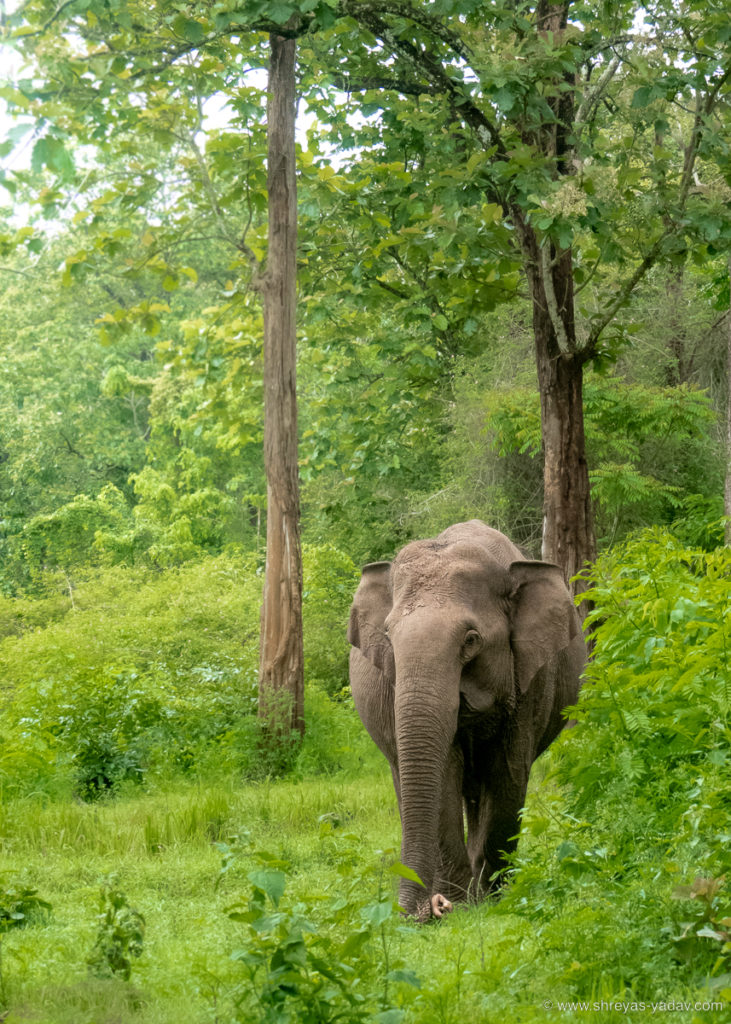
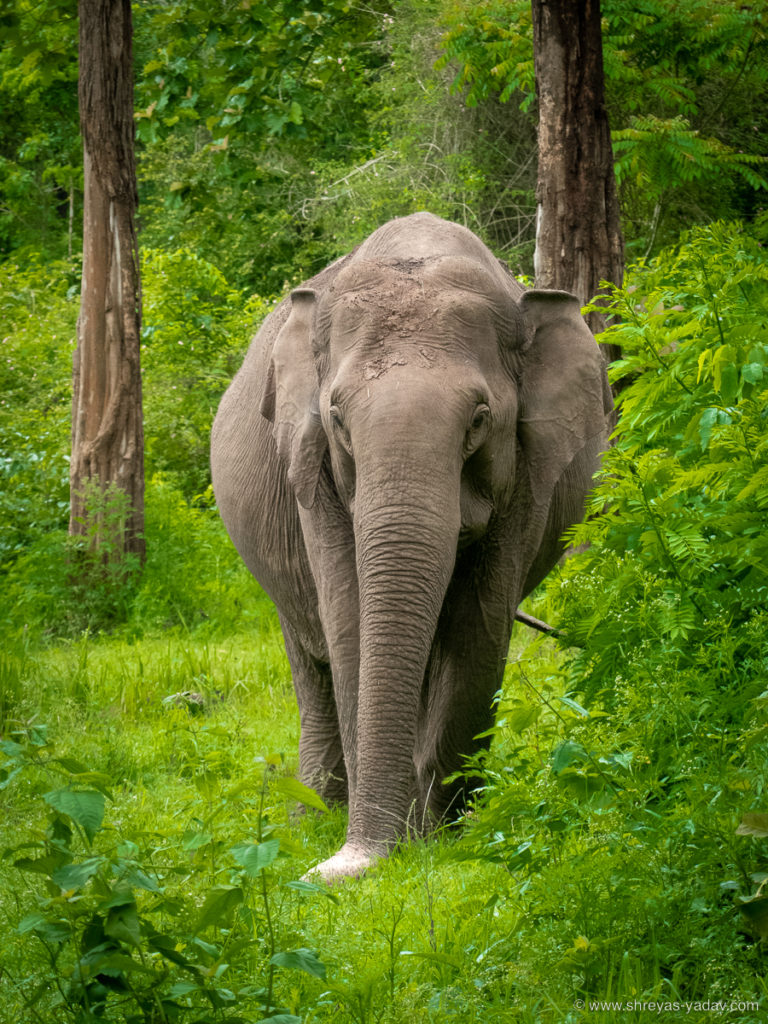
Here are the images of Saw Scaled viper. You better watch this snake while photographing because this Viper is fast and deadly poisonous.
It was raining and clouds were swirling in the Sky. We were in the middle of a forest on this Beautiful lateritic plateau. With Lumix FZ300 I was at a long distance from the Snake. I photographed a Snake in its habitat and a close-up shot of this Deadly beauty. Also using Zoom and an Articulated screen to photograph the Snake from the top was easy.
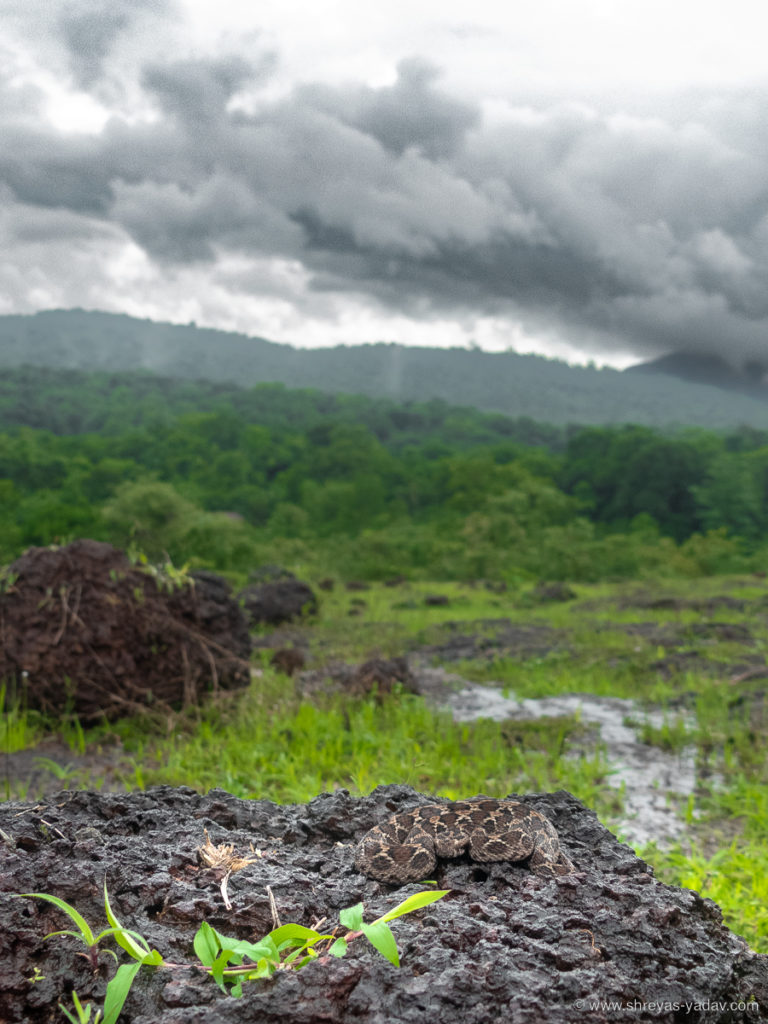
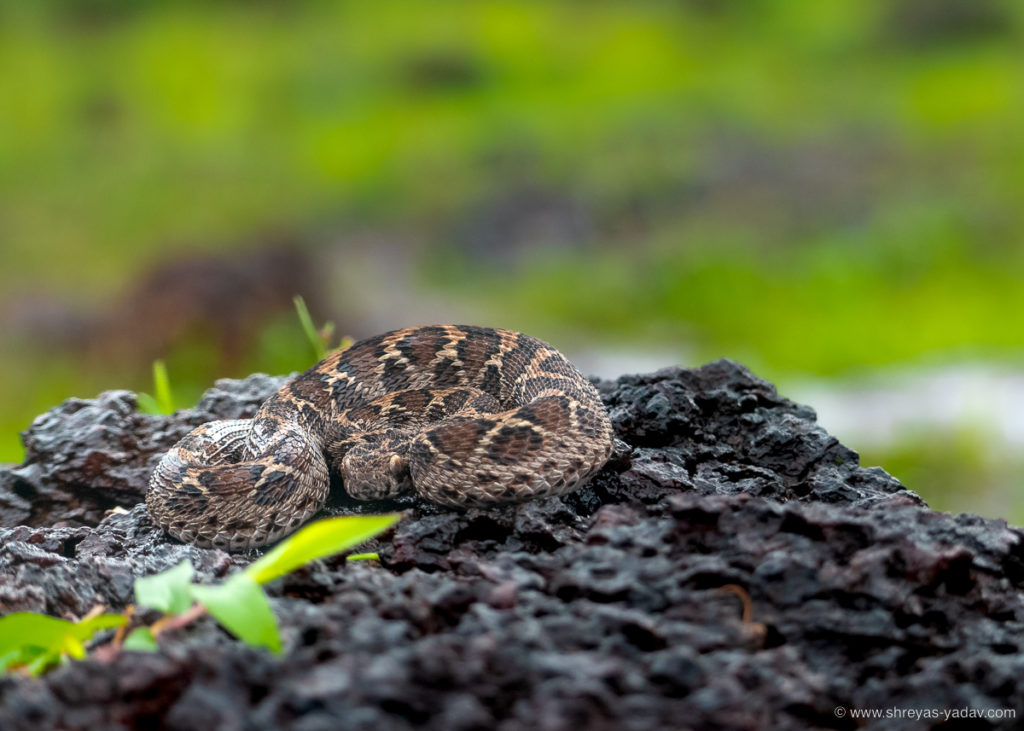
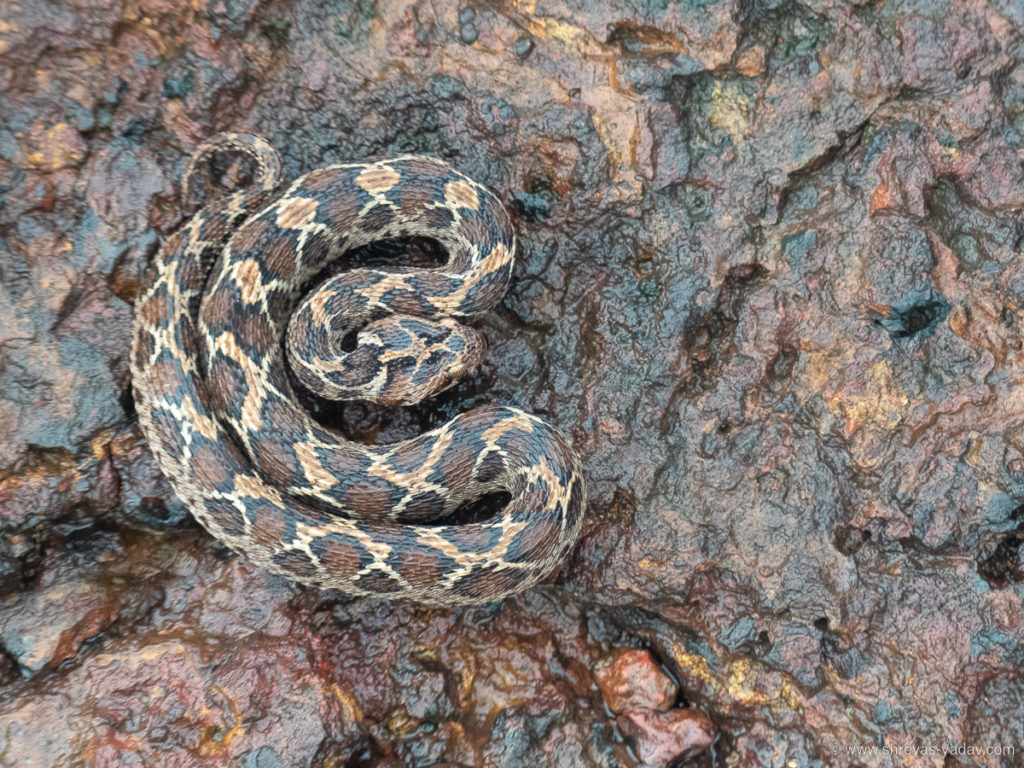
Lumix FZ300 Sample Wildlife Video
Lumix FZ300 simply gives more opportunities you for photographing Wildlife in a Unique way.
Bonus: My settings on Lumix FZ300 for Wildlife photography
Camera settings
- Image format: RAW + Jpeg Fine
- Color space: Adobe RGB
- ISO: Auto ISO with a Maximum ISO of 400, in some low light conditions I may extend it up to 800 ( It will depend on the lighting conditions. But I find 400 is the right balance for Image quality and low noise )
- Autofocus mode: AF – C ( Continuous ) or Manual
- Autofocus Area mode: Single
- Metering: In most of the scenes it is Multi Metering and in tricky light situations such as shadows and highlights I prefer Spot metering
- Exposure mode: Manual ( Shutter speed and Aperture will be set based on the light in Nature and It can vary ).
- You can use Aperture priority as well. In that case, don’t use the Auto-ISO. Instead use an ISO in the range of ISO 100 to ISO 800 depending on the light and set the Aperture from f/2.8 to f/5.6. Let the camera decide the shutter speed.
- The frame rate is set to continuous high
Take your Wildlife images to the Next level using the Top 10 Wildlife Photography Tips
Lumix FZ300: Conclusion and recommendations
Pros
- A versatile Zoom range of 25-600 mm ( 35 mm equivalent ) at f/2.8 aperture
- Lightweight and easy-to-use camera body
- Excellent 4K Video capability
- Under good light conditions, Beautiful colors and Image quality
- Fast and accurate focus
- Articulated touch screen
- Best Bridge camera for Travel, Nature, and Wildlife photography
- Value for a money Bridge camera, You can’t go wrong when you buy Lumix FZ300
Cons
- Higher Noise and lose of Image quality at Higher ISO
- Degradation in the Image color and Quality in Low Light Situation
- Some learning curve is there to understand the Menu and settings
In Summary – The versatile zoom lens, f/2.8 aperture, Lightweight and compact size, and Articulated touch screen make the Lumix FZ300 perfect for Wildlife ( and Travel ) photography and videography.
If you are a beginner, amateur, or even a Professional still the Lumix Z300 will amaze you with its capabilities. Lumix FZ300 is a true value-for-money Bridge camera for Wildlife photographers.
You will feel confident with Lumix FZ300 in the Wild. Also, you will find sheer joy in easily handling it and shooting Wildlife moments for a lifetime.
SanDisk 64GB Extreme PRO Card at Amazon
Tiffen 52UVP 52mm UV Protection Filter at Amazon
What do you think about the Lumix FZ300 bridge camera, Please do let me know in the comments below.
Leave a Reply